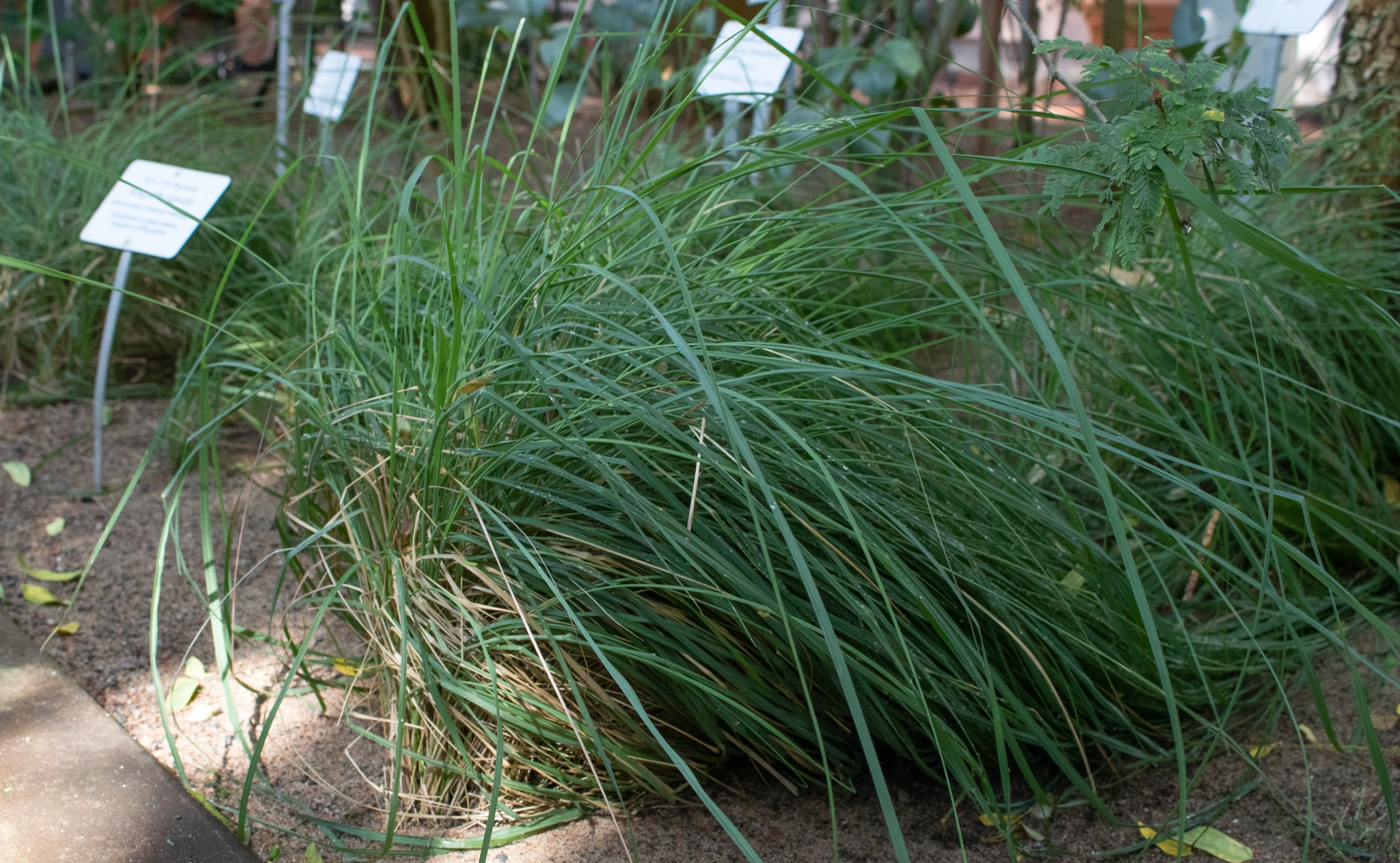
Eragrostis curvula

Eragrostis curvula
The weeping lovegrass (Eragrostis curvula) is part of an extensive herbaceous family. Grassy plants grow from the base of leaves, not from the tip of the shoot. Therefore, they are not marred by grazing animals, and quickly grow new shoots to replace the eaten ones.
Thanks to their extensive root system, grasses are also particularly adaptable to drought. During the dry season, they fall into a state of sleep and survive as a rhizome until conditions become more favourable and growth can resume.
Even if the fire destroys its terrestrial parts, the weeping lovegrass also retains its growth potential. Its roots have been found to penetrate a depth of more than 4 metres and can grow 5 cm per day.
In some places, it has become a harmful invasive species. It is, however, used to make baskets, hats and ropes. It is also used as an ornamental plant.

